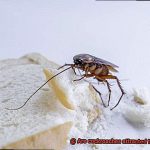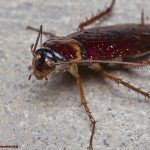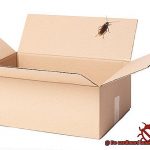Have you ever wondered why cockroaches exist? They’ve been around since the dinosaur age, and their presence may even predate that. But why are they here? In this blog post, we’ll explore the reasons behind cockroaches’ remarkable survival skills.
Cockroaches are incredibly adaptable creatures. They can survive in virtually any climate – from freezing cold to hot desert temperatures – and they can go without food or water for weeks at a time. This makes them some of the most adapted animals on earth for living in extreme environments.
Another key factor to their longevity is their impressive reproductive capabilities. Female cockroaches can lay up to 50 eggs at once, which hatch into baby roaches within two weeks and mature in mere months. This allows them to quickly replenish their numbers if any members of the species die off due to environmental causes or predators.
Finally, cockroaches are also great scavengers who consume virtually every organic substance they find – such as dead skin cells, hair, and other household garbage – helping keep our living spaces clean by removing potentially harmful bacteria and other organisms from our environment.
Cockroaches may not be the most beloved creatures around, but we can’t deny that they play an important role in our world – from helping us maintain clean homes to those who live under extreme conditions for millions of years.
How Long Have Cockroaches Been Around?
Contents
- 1 How Long Have Cockroaches Been Around?
- 2 Why Do Cockroaches Invade Our Homes?
- 3 The Role of Cockroaches in the Ecosystem
- 4 Cockroaches as Decomposers
- 5 Opportunistic Feeders: What Do Cockroaches Eat?
- 6 Providing Food for Other Animals
- 7 The Value of Cockroach Feces and Body Parts
- 8 Coexisting with Cockroaches in Our Homes
- 9 Conclusion
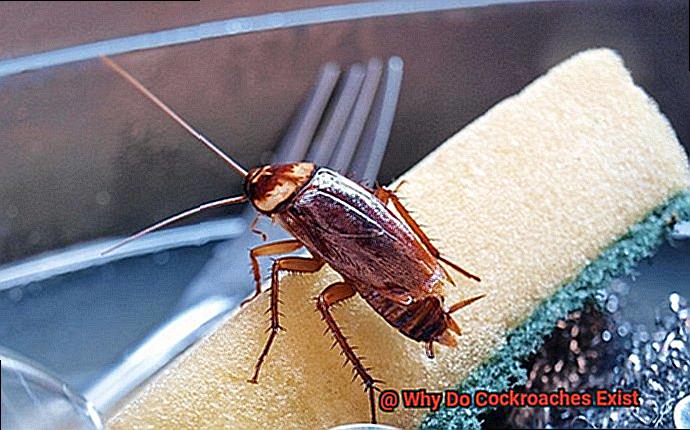
Cockroaches have been around for millions of years, and it’s no wonder why they remain so resilient today. Fossilized remains suggest that these ancient insects first appeared on Earth during the Carboniferous Period, about 359 million years ago. With 4,500 known species, only 30 are considered to be pests.
Despite their reputation as pests, cockroaches play an important role in maintaining ecological balance. They serve as a source of food for many animals, including birds, rodents and reptiles.
Cockroaches have adapted to various environments and can survive extreme temperatures due to their tough exoskeleton and ability to hold their breath for up to 40 minutes without food for a month.
Why Do Cockroaches Invade Our Homes?
Cockroaches have been around for over 350 million years, and it’s no surprise why. These resilient pests are masters of adaptation and are drawn to our homes for a few key reasons.
First of all, cockroaches need warm, moist environments to thrive, and our homes provide just that. Kitchens, bathrooms, laundry rooms, and basements are all ideal spots for these critters to nest in.
Furthermore, they can easily enter our dwellings through cracks, crevices, vents and pipes in search of food and water.
In addition to sustenance, cockroaches also seek shelter from their natural predators such as birds and rodents. Our homes offer year-round refuge from the elements while also providing them with ample opportunities to breed and multiply – a female cockroach can lay up to 40 eggs at a time.
Finally, cockroaches use chemical signals to attract others of their species. This means that once they’ve found suitable habitat and food sources inside your home, more will soon follow.
This can quickly lead to infestations that are difficult to get rid of once established.
The Role of Cockroaches in the Ecosystem
Cockroaches have been around for centuries, yet very few of us are aware of the integral role they play in our ecosystem.
Despite their poor reputation, cockroaches are actually beneficial creatures that help keep our environment clean and balanced.
To begin with, cockroaches are decomposers: they feed on decaying organic matter, breaking it down and returning essential nutrients to the soil. Without them, organic waste would accumulate and rot, releasing harmful greenhouse gases into the atmosphere.
Cockroaches also serve as a food source for many species of birds, reptiles, and mammals. They’re an important link in the food chain that helps maintain balance in the environment.
Furthermore, certain species of cockroaches are used in medical research due to their hardiness and ability to survive in a variety of environments.
Cockroaches as Decomposers
Cockroaches may have a bad reputation, but they are actually essential decomposers that play an important role in sustaining a healthy ecosystem. Despite their unpopularity, it is nevertheless important to recognize their importance as decomposers both in nature and in human habitats.
Cockroaches will eat just about anything that is decaying or organic, from dead insects to leaves and fruit. In nature, they break down and recycle dead plant and animal matter which helps maintain the balance of the ecosystem. When it comes to human habitats, cockroaches are notorious scavengers for food in kitchens and other areas where food is grown or stored.
They may also consume household waste and organic debris such as crumbs, grease, and garbage. While this behaviour can be unsightly and unsettling for us humans, it is also important to remember that cockroaches are simply doing what comes naturally to them as decomposers.
Surprisingly enough, some scientists have even suggested that the presence of cockroaches in human habitats may be beneficial for our health.
This is because cockroaches can help break down harmful chemicals and pollutants in our homes, such as pesticides and cleaning products. Additionally, some species of cockroaches have been shown to produce antimicrobial peptides which can help fight off harmful bacteria.
Opportunistic Feeders: What Do Cockroaches Eat?
Cockroaches have a notorious reputation as pests, but they are actually essential to our ecosystem. Not only do they help break down and recycle decaying organic matter, but they can also be beneficial to our health by reducing toxic chemicals and producing antimicrobial peptides to combat harmful bacteria. But what exactly do cockroaches eat?
Cockroaches are opportunistic feeders that will consume almost anything that is available to them, from plant materials and meats to sweets and other insects. They are highly adaptable and can survive on very little food and water for extended periods of time, making them incredibly difficult to eradicate.
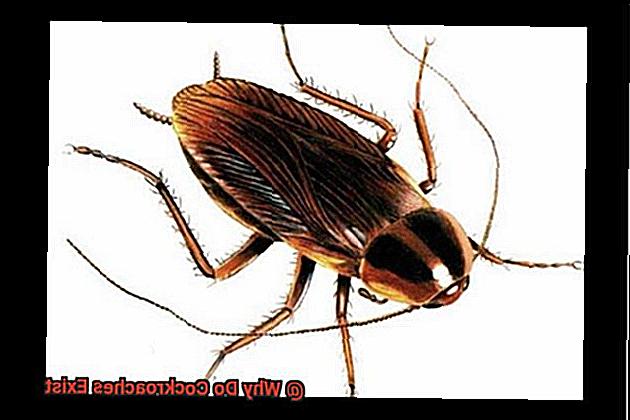
They possess an uncanny ability to detect food sources in complete darkness, which is why they often come out at night when it is easier for them to scavenge without being detected. Flying cockroaches are usually larger than their non-flying counterparts, and they will take flight if disturbed or threatened.
In addition to food, cockroaches need water in order to survive – they can go without food for long stretches but not without water. If an abundant source of water is present, you may find yourself with an unwelcome guest in your home.
Lastly, one interesting quirk about cockroaches is that they often die upside down – scientists are still unsure why this happens, but it is believed that the cockroach’s nervous system gets disrupted when it is inverted, leading to paralysis and eventual death.
Providing Food for Other Animals
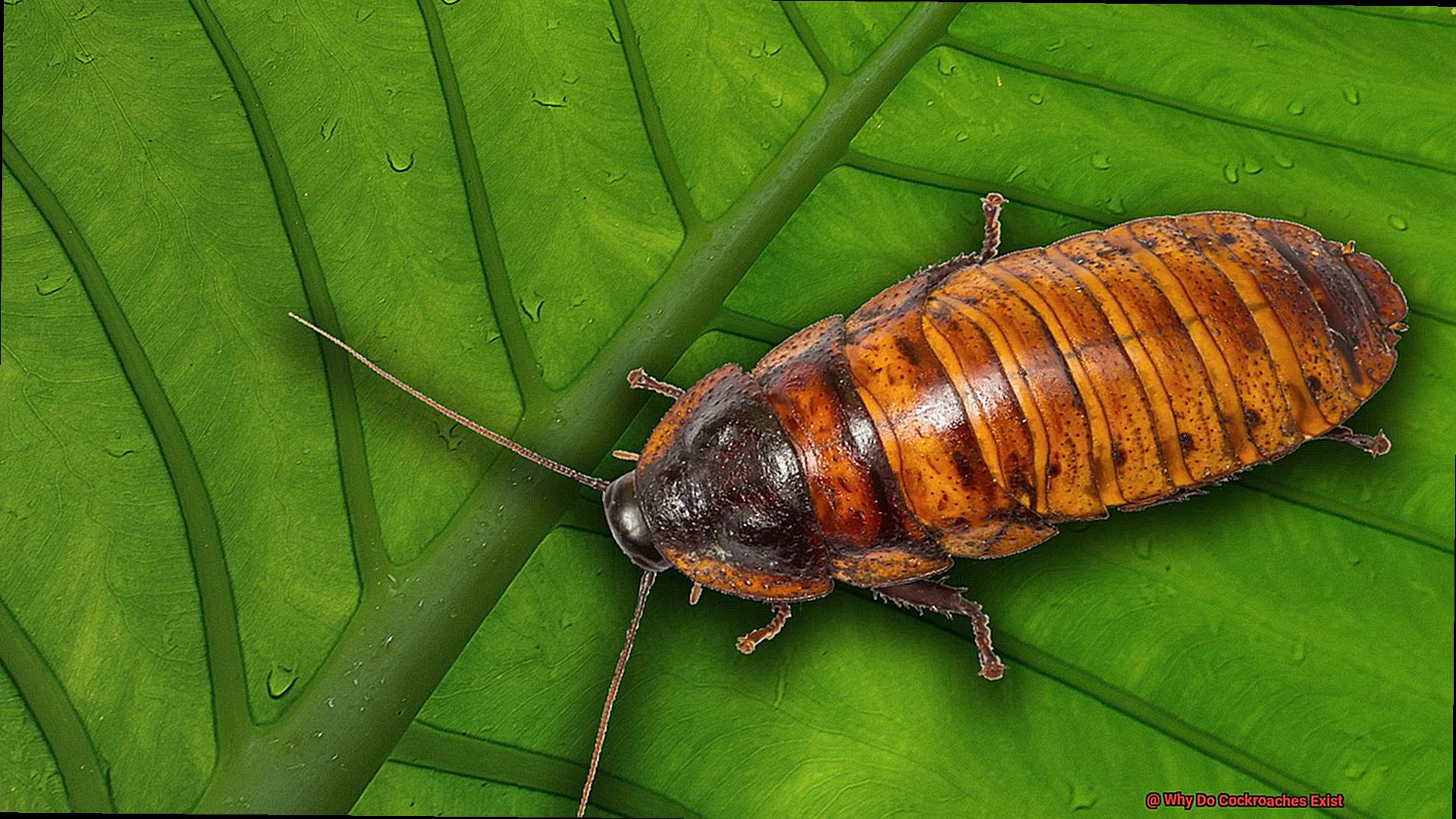
Cockroaches may be seen as pesky pests, but they are actually an important part of our ecosystem. Not only do they help break down organic matter and produce antimicrobial peptides, but they also provide a food source for other animals. From frogs to rats, mice to birds, cockroaches are a common source of sustenance in the wild.
But how can these creatures survive when they are hunted by their predators? Well, cockroaches have developed several adaptive mechanisms that help them avoid predation.
Some species have the ability to fly away from danger, while others have protective coloration that allows them to blend into their environment and remain undetected. Additionally, certain species of cockroach can emit foul-smelling chemicals to deter predators.
It is amazing how such a small creature can have such a big impact on the planet.
We may not be fond of cockroaches invading our homes, but we should still appreciate them for all the good they do in the wild – from cleaning up our yards to providing food for other animals.
qe19Pw23M10″ >
The Value of Cockroach Feces and Body Parts
Cockroaches are often seen as a nuisance, but they have an unexpected value that is often overlooked. Cockroach feces and body parts have been found to have numerous uses in various industries, from biofuel to wound-healing products.
Let’s start with the feces. Scientists have discovered that cockroach feces can produce up to 18 milliliters of methane gas per gram, making it a highly renewable energy source. This means that we could convert cockroach feces into biofuel, reducing our reliance on non-renewable energy sources.
Additionally, cockroach feces are also high in nutrients that promote plant growth, making them an excellent natural fertilizer for agricultural use.
Now let’s talk about the organ parts. Chitin, a natural polymer that has been used to produce wound-healing products such as bandages and sutures, is included in the exoskeleton of cockroaches. Cockroach brains also have antibacterial properties, which may also help with drug manufacture.
Cockroaches may be small creatures but their contribution to our climate and their value for industries around the world should not be underestimated.
Coexisting with Cockroaches in Our Homes
Cockroaches can be a source of dread for many homeowners, but they are more than just a nuisance; they play an essential role in our ecosystem. While we don’t want to share our homes with them, it is still possible to coexist peacefully with cockroaches if the right steps are taken.
Maintaining a clean and orderly environment is key to coexisting with cockroaches. These pests are attracted to food particles and moisture, so it’s important to clean up spills and crumbs immediately. Reducing clutter can also help eliminate potential hiding spots for cockroaches.
In addition, sealing any potential entry points that cockroaches may use is essential. This includes sealing cracks and holes in walls and floors, as well as properly sealing doors and windows. Properly storing food and garbage will also help minimize any potential food sources for cockroaches.
Although coexisting with cockroaches in our homes may not be ideal, it is possible if the right precautions are taken.
Also Read: What To Do When You Find a Pregnant Roach?
Conclusion
Cockroaches have been around for millions of years, and their presence in our homes is unfortunately inevitable. They are incredibly resilient creatures that can survive extreme environments and reproduce quickly, making them impossible to eradicate.
Despite their bad reputation, cockroaches perform essential functions in our ecosystem as decomposers and provide food sources for other animals. They also have surprising value in other industries, such as biofuel production and wound-healing products.
Although it’s not ideal, we can still coexist peacefully with cockroaches in our homes by taking the right precautions. This means keeping a neat and orderly environment, sealing entry points, and properly storing food and garbage.


